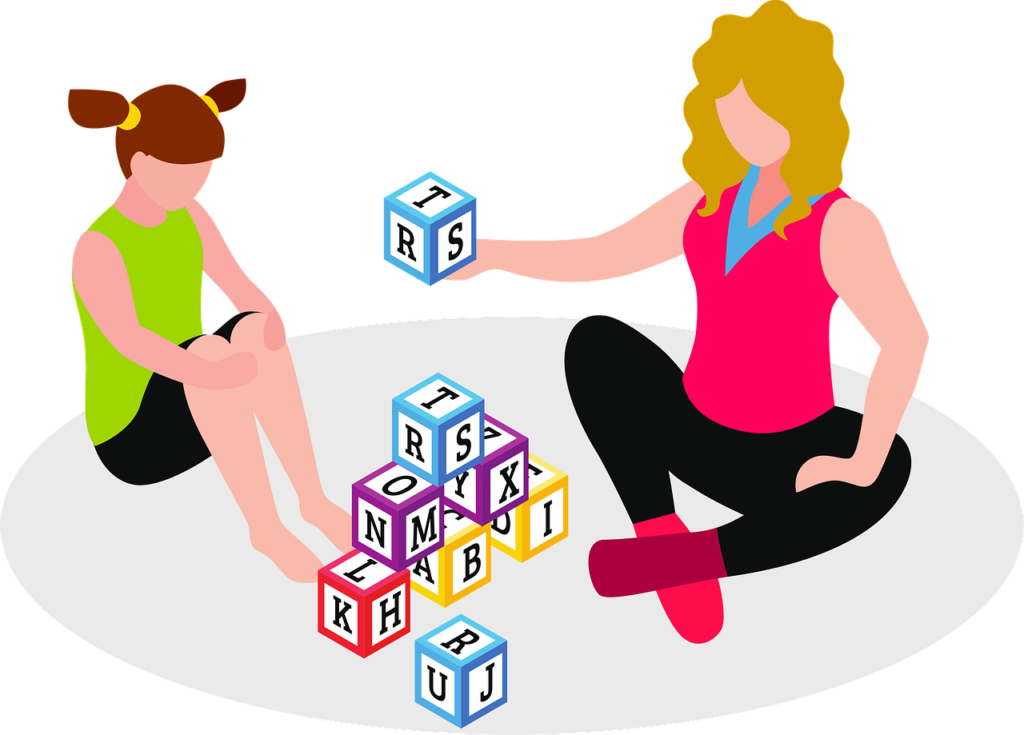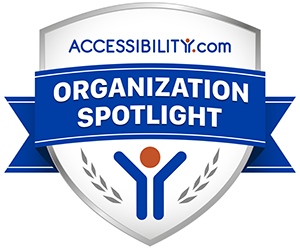
graphic of two girls playing with letter blocks
The National Alliance on Mental Illness reports that 61 million Americans are currently living with a disability. But despite the passage of the Americans with Disabilities Act in 1990, which prohibits discrimination against people with disabilities, many still experience discrimination. Many also experience social challenges where they are isolated or excluded from invitations to social events due to their disability.
These kinds of obstacles can negatively affect a person’s mental health, since there can be dehumanizing stigmas where people with disabilities might be treated as “less than” those without disabilities. If you are struggling with your mental health, BRIDGES assures you that you’re not alone. Today there are plenty of communities that can help you. Check out BRIDGES Public Service Announcement. If you are looking for new ways to help treat mental health, below are two types of therapy that may prove useful.
Talk therapy
Talk therapy, also known as psychotherapy, provides a safe space where people can discuss and identify which problems cause them emotional distress. There are different approaches to talk therapy and here are two options to consider:
Cognitive behavioral therapy
According to a study from the National Center for Biotechnology Information, cognitive behavioral therapy (CBT) is a common treatment for mental health problems such as depression and anxiety. A therapist helps people explore and challenge negative thought patterns in order to change them.
Humanistic therapy
Humanistic therapy is based on the idea that everyone has their own unique worldview, which can affect one’s thoughts, actions, and choices. SymptomFind, a website that helps people achieve and maintain wellness, has extensively covered this topic. One of their articles talks about how humanistic therapy can help individuals find out their motivations, needs, and desires.
There are a few techniques that can be used in humanistic therapy. Gestalt therapy is one such technique that identifies past unresolved problems and emphasizes how they still affect you. The therapist helps you take ownership of that past and choose how you’ll respond to it now.
Art therapy
People with cognitive disabilities like autism may have difficulty expressing their thoughts and feelings verbally. A study on Frontiers in Psychology concludes that art therapy improves behavioral well-being and the ability to express emotions. The study noted that more colors in visual art mean a better awareness of emotions and better regulation of emotions. Aside from visual arts, art therapy also comes in the form of dance, drama, and music therapy. Art therapy is very effective for those with disabilities as it provides an outlet for them to express themselves outside of typical therapy options. It also allows them to engage in more difficult activities in a safe environment.
Having a disability should not hinder you from getting the help you need. If you’re looking for support or more information, check BRIDGES blog and programs as well as our Public Service Announcement




